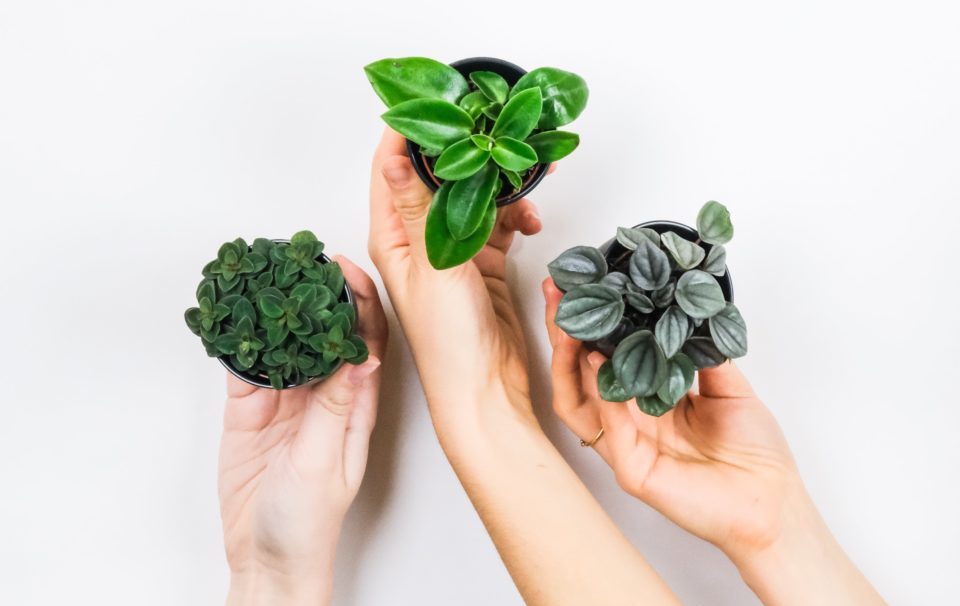There are so many benefits to having houseplants in your home. They’re credited with having a positive impact on our mental health and wellbeing, help to cleanse the air we breathe and provide visual interest in any space.
But even if you’re not particularly green fingered, there are still plenty of options to help you dress your room. From plants that actually thrive from a little neglect to those that don’t need much natural light, there’s no reason you can’t add a touch of greenery.
So, read on and bring your space to life with one (or three) of these low-maintenance houseplants.
1. Pilea peperomiodes
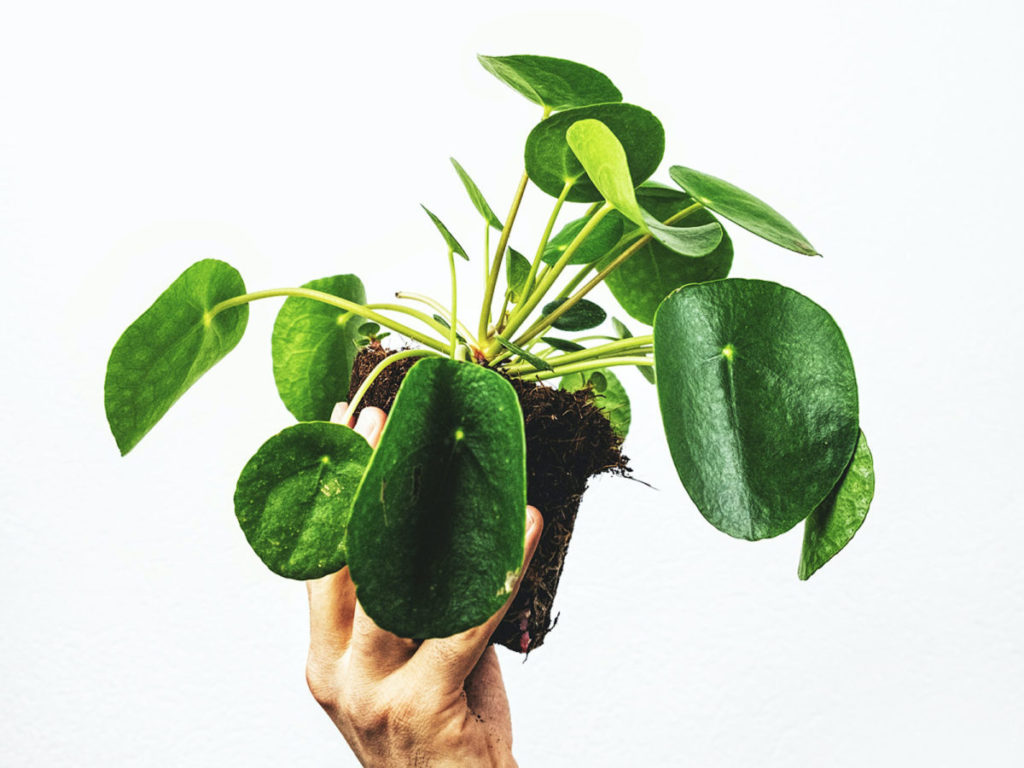
Also known as the Chinese money plant, pancake plant or UFO plant, Pilea peperomiodes took Instagram by storm a few years ago and has remained a popular choice in homes everywhere. It was my first houseplant – and fortunately I’ve never killed one yet.
Legend has it that a Norwegian missionary found the plant in Yunnan Province in 1945 and brought cuttings back to Scandinavia. Because of how easily it propagates, the plant was soon shared with friends and family across Europe.
With its large round leaves and distinctive look, it brings visual interest and structure to any room. It’s an easy-going plant that’s great for beginners and can tolerate dry spells. But take good care of it and you’ll see fast growth and lots of new plant babies coming up through the soil.
They do best in a warm spot (no cooler than 12 degrees C) with bright light – but not too much direct sun as that will scorch the leaves. Water regularly from spring to autumn but let the top few centimetres of the soil dry out between waterings. Water less in winter. Your plant will naturally tilt towards light, so rotate it every few days so you don’t end up with a wonky Pilea!
2. Spider plant
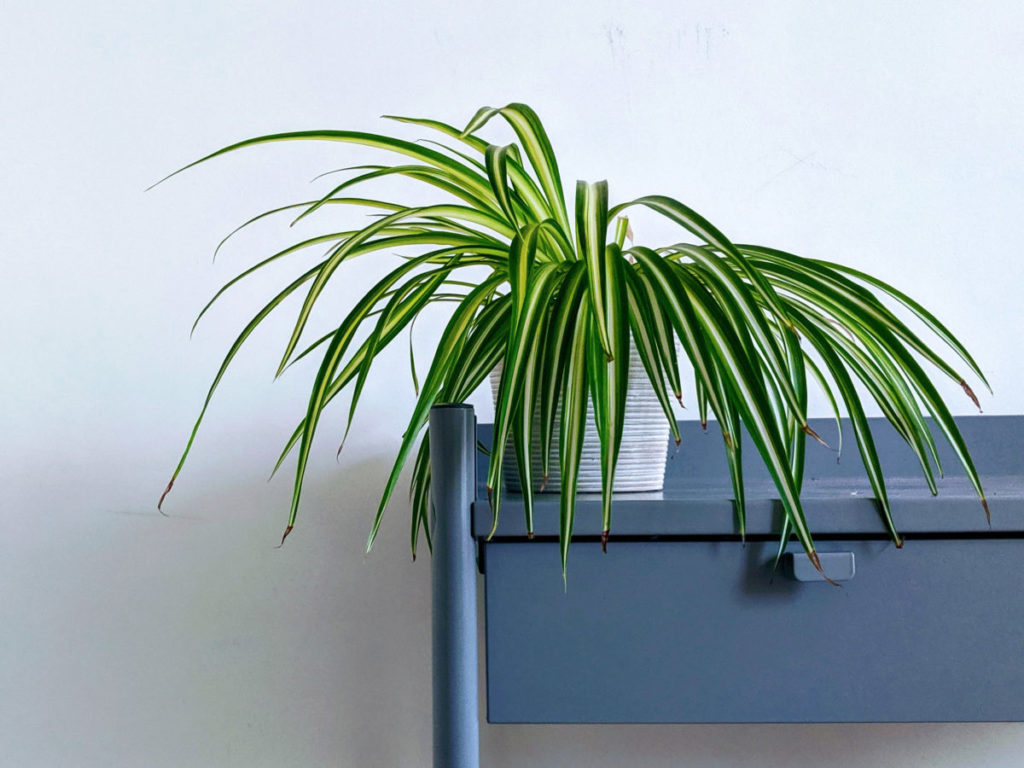
The spider plant is one of the easiest plants to grow. You’ll be glad to hear it suffers from few problems, other than occasional brown tips, and they are pretty forgiving plants.
They tolerate neglect, so they’re brilliant for inexperienced houseplant parents. Give them well-drained soil, and bright, indirect light and they’ll do well. Water regularly, but don’t let them become soggy. Spider plants like to dry out a little between waterings.
One of the reasons they get their name is from the spider-like baby plants, or spiderettes, that dangle down from the mother plant. The spiderettes usually start out as small white flowers. You can easily remove these and pot them on as new plants. Or leave them be and let them flow off your furniture in a relaxed kinda way.
3. Parlour palm
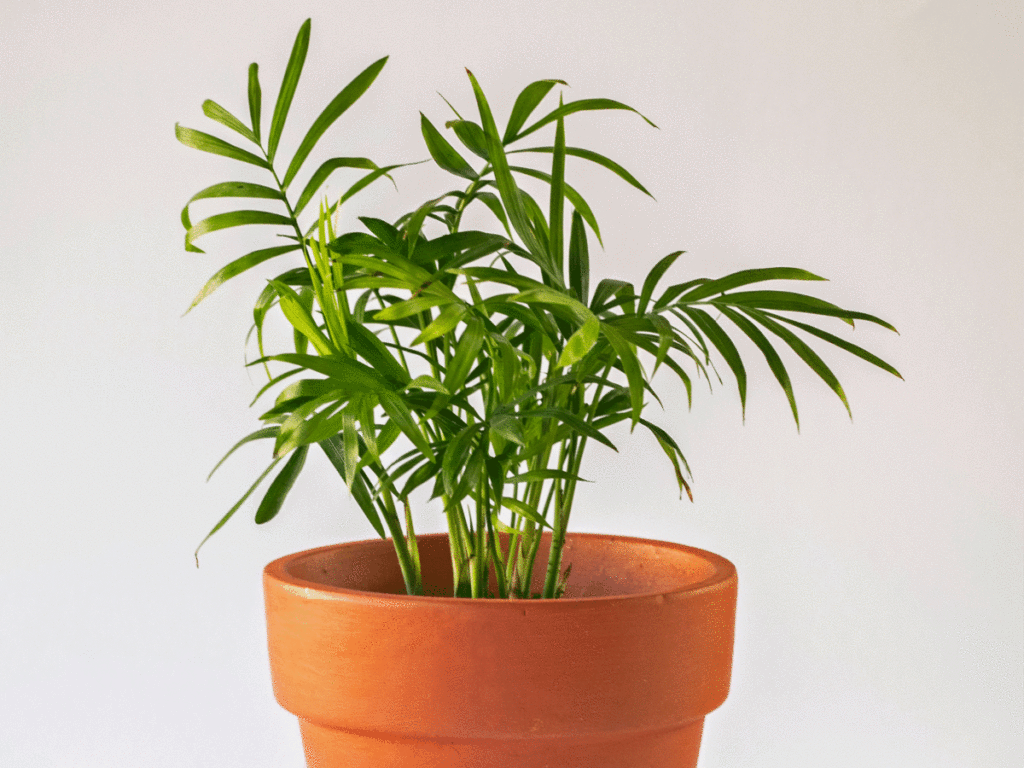
The parlour palm is the ideal houseplant for any room of the house. Growing a palm tree indoors is fantastic because it grows very slowly – and it’s an excellent air purifier.
Parlour palms became popular in Victorian England. Thanks to their tolerance of low light and the cold, they coped incredibly well with the dark, sooty and draughty Victorian parlours.
They prefer low light, so there’s no need to place them by your brightest windows. But provide a little bit of morning or late afternoon light and your plant will thank you. Well, not literally.
When it comes to watering, don’t overdo it. Allow the soil to dry out a little between waterings – remember underwatering is better than overwatering. Your parlour palm won’t often need repotting, unless you’re seeing rapid growth. They don’t mind crowding, so don’t repot more than needed.
4. Snake plant
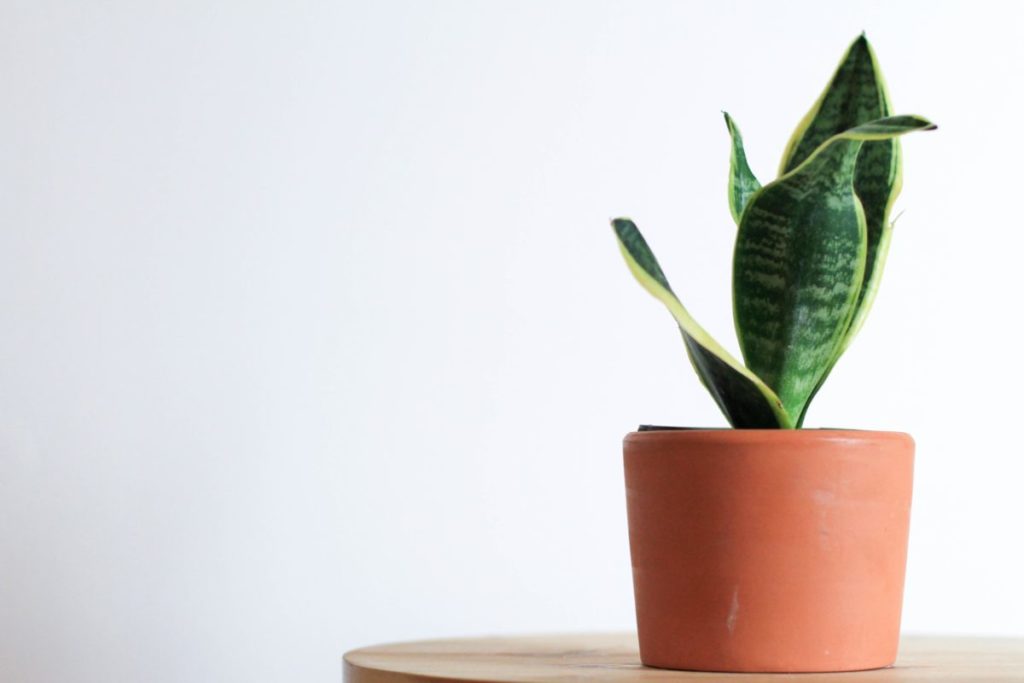
The snake plant, also commonly known as mother-in-law’s tongue (I’ll let you contemplate why!), is perfect for anyone who is looking for a low maintenance plant that also looks great.
But more than that, snake plants help to filter indoor air and remove toxic pollutants. It’s actually one of the few plants that converts carbon dioxide into oxygen at night, making it an ideal plant for bedrooms.
And because they remove harmful toxins, like benzene and formaldehyde, snake plants can even help defend against airborne allergies.
Snake plants are succulents, so they don’t need a lot of water. In fact, they can tolerate neglect for weeks. They don’t need a lot of light either. Just give the leaves a quick dust now and again to help the plant breathe.
5. ZZ plant
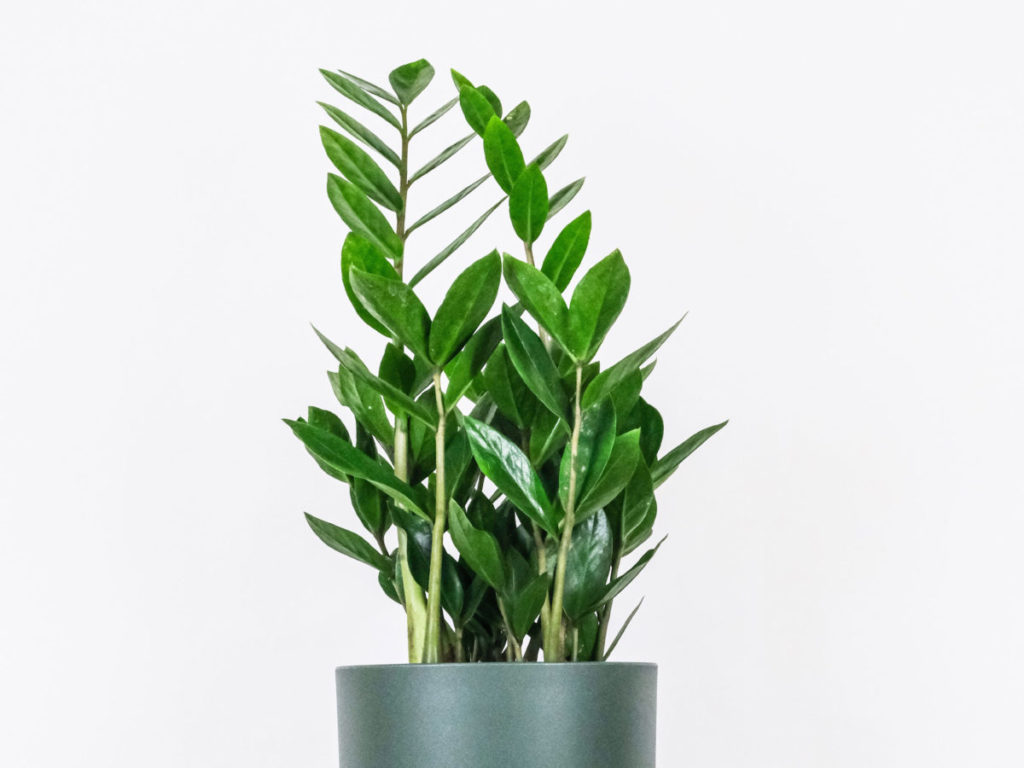
Sometimes called the emerald palm, ZZ plants are a dream to look after. They require little maintenance, and they’re often mistaken for artificial plants thanks to their waxy green leaves.
They can tolerate long spells without water – months even. In this case, it’s always far better to underwater than overwater. If your ZZ plant is turning yellow, it means it’s getting too much water and its roots could be rotting.
They cope well in rooms with low light, too, so they make ideal plants for dark entranceways and bathrooms. ZZ plants are fine without fertiliser, but if you like you can give it some half-strength fertiliser once or twice a year, and only during the summer.
6. Monstera deliciosa
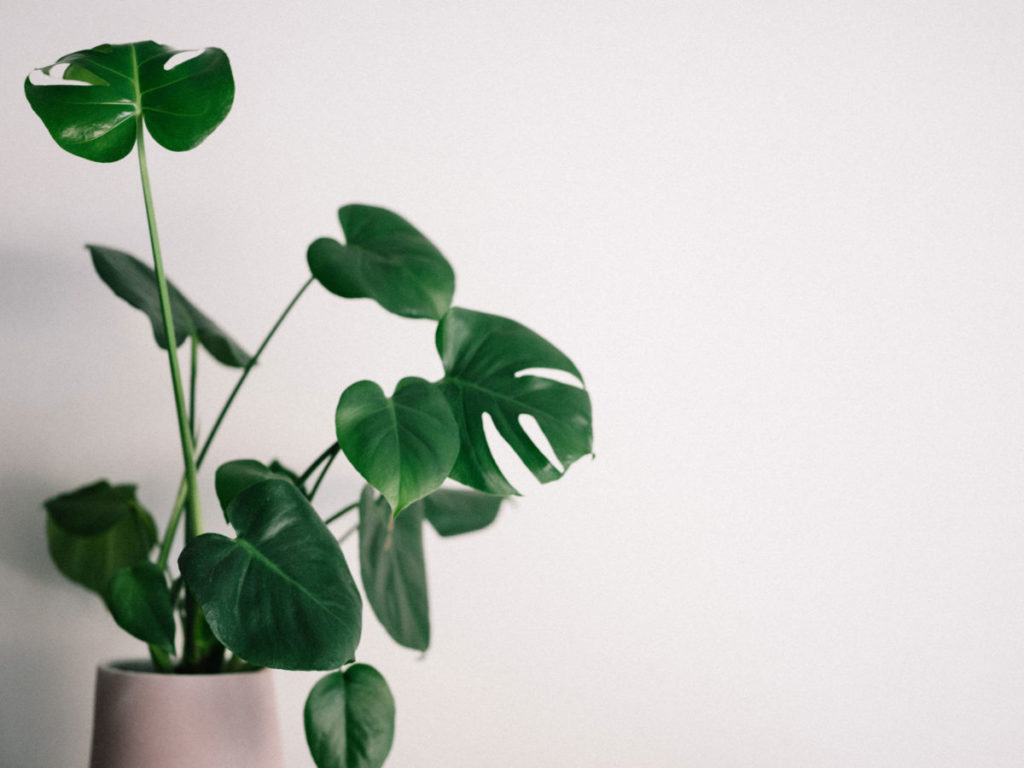
Monstera deliciosa once found fame in the homes of the 70s and 80s, but now it’s back with a bang. It’s commonly known as the cheese plant due to the large, distinctive holes in its leaves.
It’s quite a forgiving plant, tolerant if you forget to water it now and again. Though it does like a regular misting because it’s naturally from the humid climates of South America.
Monstera will also tolerate low light levels, but it prefers medium to bright indirect light – near a southern, eastern or western facing window is perfect.
A little warning that monsteras can be monsters by nature, so if you don’t want them to grow too big, keeping them in a lower-lit space will slow down their growth.
7. Cactus
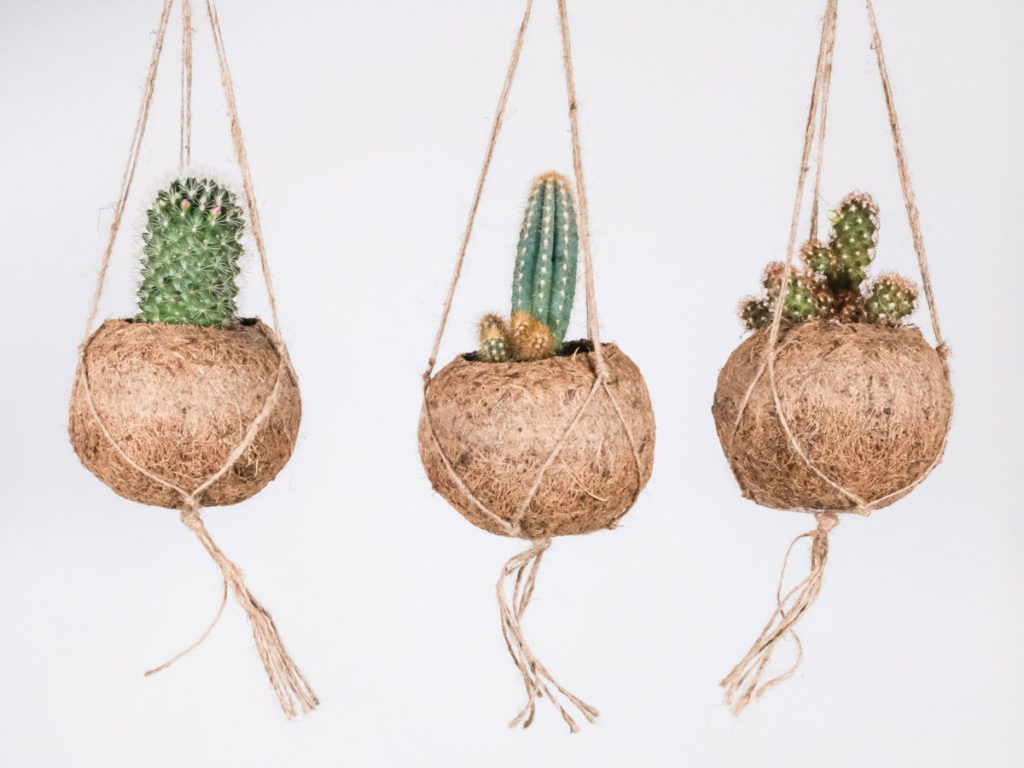
I couldn’t finish this blog without giving a shout out to the humble cactus. It’s one of the best plants for beginners – one you can almost just place in your space and forget about.
Cacti like it dry, so let it dry out completely between waterings and water around once a month. But they will tolerate being watered even less.
They thrive in warm, bright, dry environments – the cactus is not the plant for your bathroom. Bear in mind they can get sunburnt though, so you don’t want to give them harsh, direct sunlight.
You won’t need to repot them very often unless you’re seeing rapid growth, but bear in mind they need a good mix of sand and stone in their potting soil to help with drainage.
So, whether you’re an under-waterer or an over-waterer, hopefully there’s a low maintenance houseplant here that’s perfect for you and your space. Happy planting!


